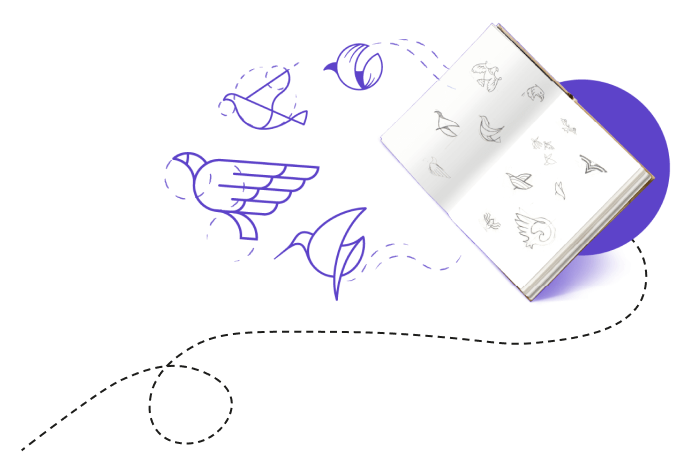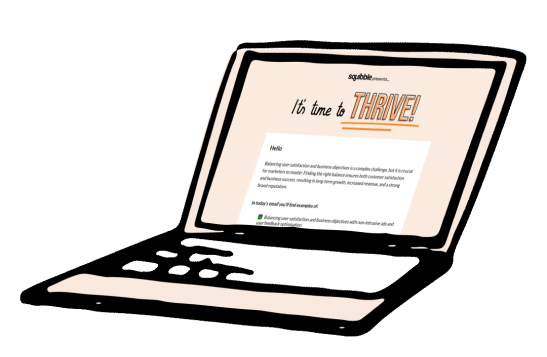Whether you’re starting a business or have an existing business, your logo is your opportunity to create an instant and lasting impression that will resonate with your potential customers.
Whilst it’s not so easy to measure the overall impact of your logo it is important that you make sure that your logo tells the right story. Logos are certainly important for big brands: If you see a bitten apple, a white ‘f’ on a blue background or the spirit of ecstacy, you automatically know what brands those logos are from. A quick glance at a familiar logo stirs up expectations and feelings about the brand, good or bad.
Over time, consumers start to see brands as social entities with a history, personality and value system. After all, people view product purchases as an expression of who they are. Choosing to purchase one product over another is often a statement of values, which keeps you connected to brands you admire. Your logo and imagery of it begins this journey.
What is the role of a logo in branding?
Logos in recent times have certainly taken a more visual approach in the business sense to build and interact with your customer base. Customers can potentially interact with your brand in a wide range of places, but you don’t always have control over how and when that happens. Therefore your logo essentially becomes the ambassador of your business stirring up emotion, loyalty and recognition for your business.
Logos become the face of your brand identity, so it’s essential to be professional and consistent in your image.
In this highly competitive landscape, showing up to compete is half the battle of distinguishing yourself from other businesses. Without a logo, you’re missing out on opportunities to grow your presence and strengthen your credibility so it’s best to make sure you have selected the right type of logo.
What are the factors that define a brand?
There are quite a few factors that define exactly what a brand is, here are the top five.
- Brand Position
This is the part of the brand that describes what your organisation does and for whom, what your unique value is and how a customer benefits from working with you or your product/service, and what key differentiation you have from your competition. - Brand Promise
This is the single most important thing that the organisation promises to deliver to its customers—EVERY time. - Brand Personality
This illustrates what the organisation wants its brand to be known for: your culture, way of working, ethics and values. - Brand Story
Your story illustrates the organisation’s history, along with how the history adds value and credibility to the brand. - Brand Associations
Associations are the specific physical artifacts that make up the brand. This is your name, logo, colors, taglines, fonts, imagery, etc. Everything that a potential customer would associate with you.
Are brands more than names and logos?
If you have an existing business, you might wonder if the importance of logo design is over exaggerated. Does a visual identity matter if you already have strong relationships with customers? Yes!
While the name may seem more important than the logo, these two elements go hand in hand in branding your business and how people remember your business.
For more advice on logo design, speak with our team today.






